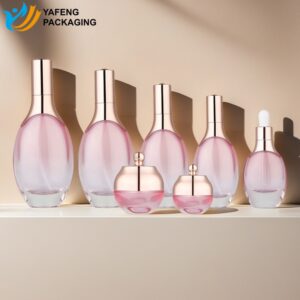
News & Blog
Great things in business are never done by one person. They’re done by a team of people. We have that dynamic group of peoples
In today’s world, the debate between glass packaging vs plastic packaging is more important than ever. With increasing awareness about environmental issues, consumers are seeking sustainable options for packaging materials. This article will explore the pros and cons of glass and plastic packaging, comparing their environmental impact, recyclability, and overall sustainability. By the end, you’ll have a clearer understanding of which material is better for the planet and why it matters.
Glass packaging has been a staple in the packaging industry for centuries. Made from natural materials like sand, soda ash, and limestone, glass is a durable and environmentally-friendly option. It is primarily used in the beverage industry for bottles, in cosmetics for jars, and in pharmaceuticals for medicine containers. Glass’s ability to preserve the taste and quality of its contents makes it a preferred choice for many premium products.
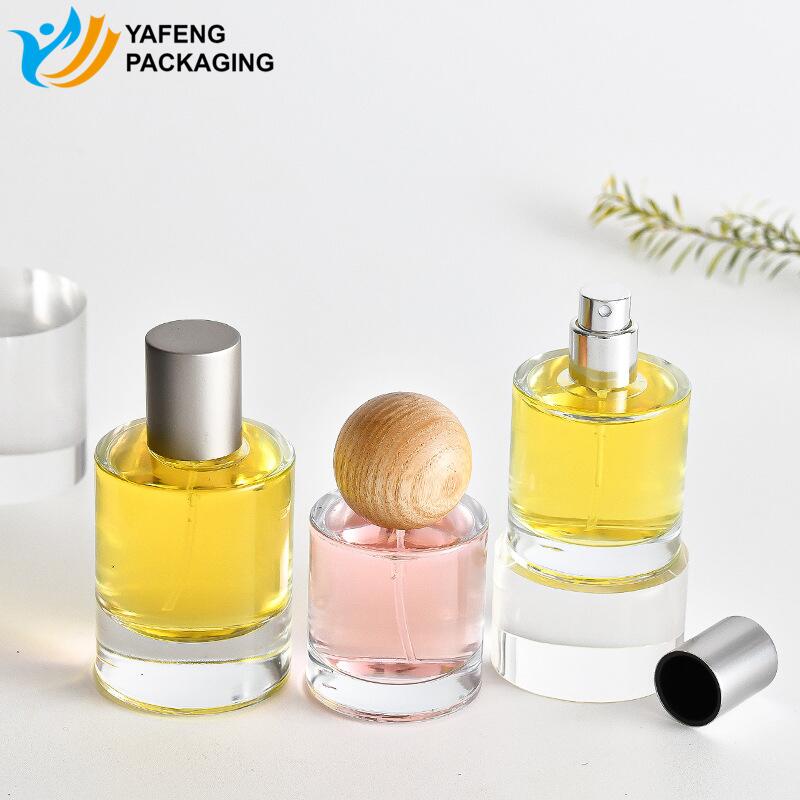
Plastic packaging, on the other hand, emerged in the 20th century and quickly became a dominant material due to its versatility and low cost. Made from petrochemicals, plastics can be molded into bottles, bags, and wraps. Industries ranging from food and beverage to electronics have relied heavily on plastic due to its lightweight, durable, and customizable properties.
When comparing glass packaging vs plastic packaging, environmental sustainability is one of the key factors to consider. Glass is 100% recyclable and can be recycled endlessly without any loss in quality, making it a highly sustainable option. However, its production is energy-intensive, which does contribute to higher CO2 emissions.
Plastic, although recyclable, faces more challenges in the recycling process. Contamination and inefficiencies in recycling systems often result in plastic being sent to landfills. While the energy required to produce plastic is lower than glass, its long-term environmental impact is significant, especially due to its persistence in ecosystems, where it degrades into harmful microplastics.
Choosing glass packaging comes with several advantages. Glass does not leach harmful chemicals into the contents, making it a safer option for food and beverages. It helps maintain the integrity and taste of products, which is why many premium beverages, cosmetics, and perfumes prefer glass bottles. Furthermore, glass has a longer shelf life and is less likely to spoil or degrade over time.
Despite its environmental drawbacks, plastic remains incredibly popular for its affordability and adaptability. It’s lightweight, reducing transportation costs and emissions, and can be engineered to meet the needs of various industries. Innovations in plastic, such as bioplastics, are being developed to address some of the ecological concerns surrounding its use.
While glass packaging offers several benefits, it’s not without its drawbacks. Glass is heavier and more fragile than plastic, which leads to higher transportation costs and a higher risk of breakage. Additionally, the production of glass requires more energy than plastic, which can offset some of its environmental benefits if not recycled efficiently.
The environmental impact of both glass and plastic is crucial when deciding between the two. Glass production emits more CO2 due to the high temperatures required to melt the materials. However, this is somewhat mitigated by the material’s ability to be endlessly recycled. In contrast, plastic contributes significantly to pollution, especially when not recycled properly. It breaks down into microplastics that harm marine life and ecosystems, making it a bigger environmental challenge in the long run.
Recycling plays a critical role in the sustainability of both materials. Glass can be recycled infinitely, without loss of quality, reducing the need for raw materials. Plastic recycling, however, is more complicated and often leads to “downcycling” – where the plastic is recycled into lower-quality products. Advances in chemical recycling are being researched to improve plastic recycling efficiency, but for now, glass remains the more sustainable choice when it comes to recycling.
When comparing the melting point of glass and plastic, glass has a significantly higher melting point. This affects the way both materials are recycled. Glass can be melted and reshaped without losing quality, while plastic, with its lower melting point, requires more careful sorting and processing to preserve its properties.
Looking ahead, there is a clear shift towards sustainable packaging. The rising demand for eco-friendly options is influencing companies to adopt more sustainable packaging solutions. Innovations in biodegradable plastics and returnable glass systems are gaining momentum, suggesting that future trends in packaging will likely favor glass packaging over plastic.
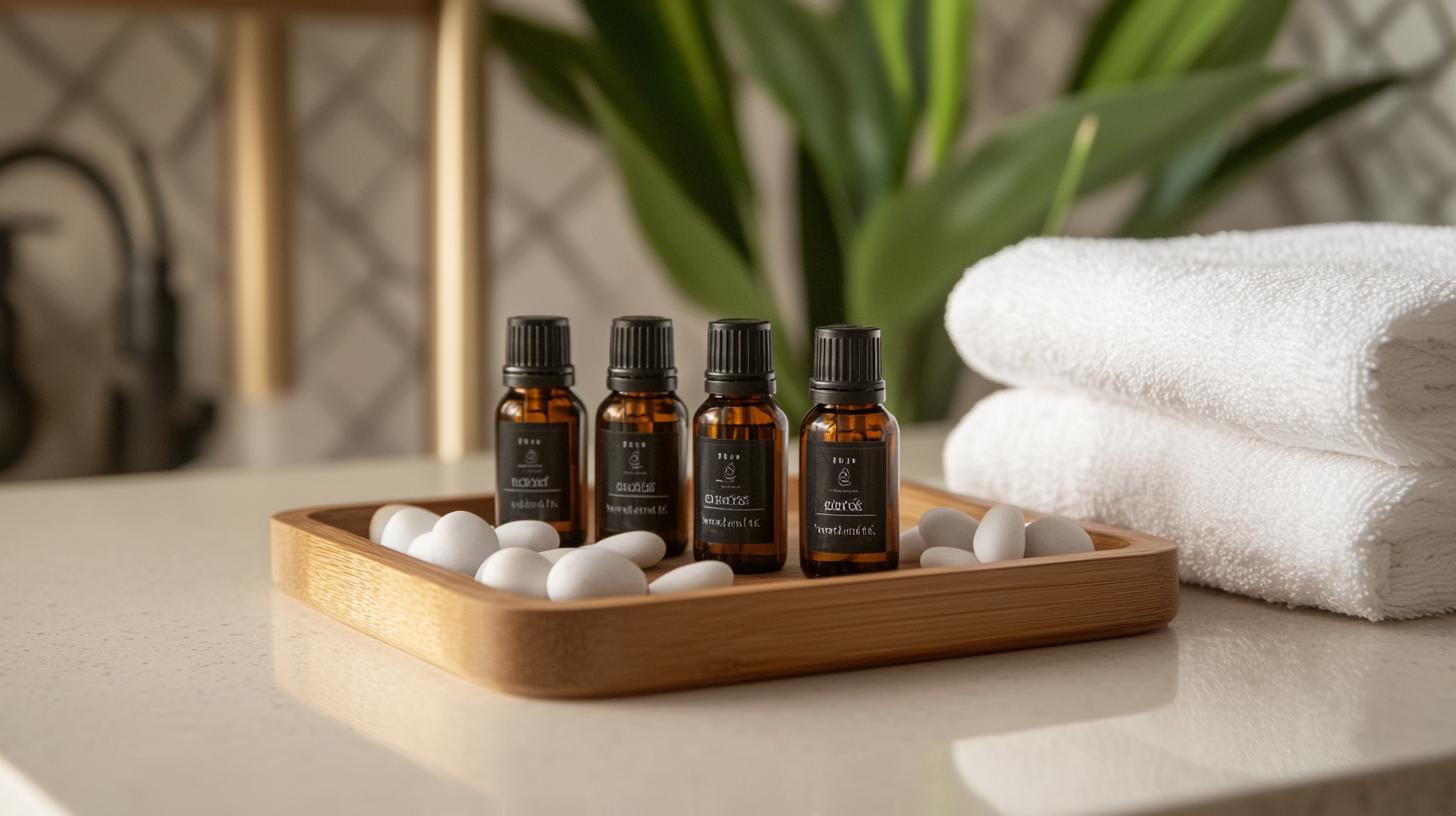
In conclusion, when comparing glass packaging vs plastic packaging, both materials offer unique advantages and face specific challenges. Glass is ideal for maintaining product quality and safety, especially for food and beverages, but it’s heavier and more energy-intensive to produce. Plastic, while versatile and cost-effective, poses significant environmental risks, especially when not recycled properly. The future of packaging will likely be shaped by both materials, but with growing consumer preference for sustainability, glass is emerging as the more eco-friendly option, provided it is recycled efficiently.
For more insights and options on glass packaging solutions, explore our custom glass bottle offerings and glass perfume bottles.By understanding these aspects, you can make more informed choices that align with both your needs and environmental values.
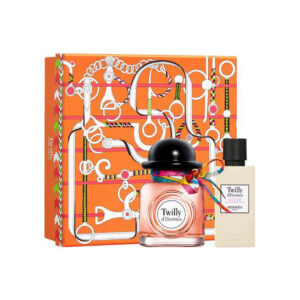
Unveil the secrets of perfume packaging. Explore glass bottles, travel sizes, spray & rollerball types, solid perfume boxes, and custom options. Discover how to enhance shelf appeal. Find the perfect fit for your brand or personal taste.
Explore custom vs. stock bottles for skincare packaging. Learn how Yafeng’s solutions boost brand identity, quality, and efficiency in this in-depth guide.
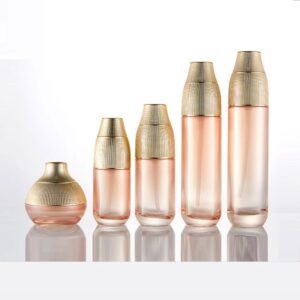
Explore the intricacies of glass bottle mold production, from types and processes to technical distinctions, highlighting innovations driving precision, scalability, and cost efficiency.
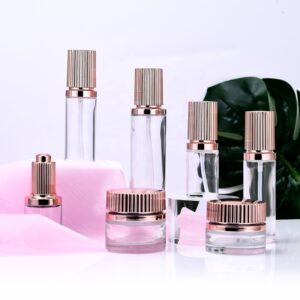
Explore quality control in cosmetic glass bottle manufacturing. Learn about raw materials, testing, inspection, and standards for high-quality packaging.
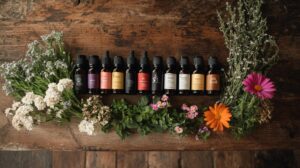
Explore the best bottles for storing essential oils. Learn about glass vs. plastic, color options, and tips for preserving oil potency.
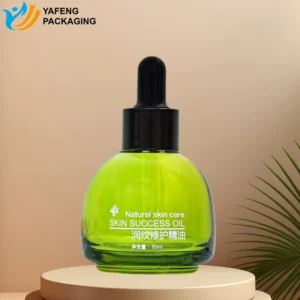
Discover how spray coating enhances skincare and perfume packaging by improving appearance, brand identity, durability, and safety with advanced technology.
Explore custom vs. stock bottles for skincare packaging. Learn how Yafeng’s solutions boost brand identity, quality, and efficiency in this in-depth guide.
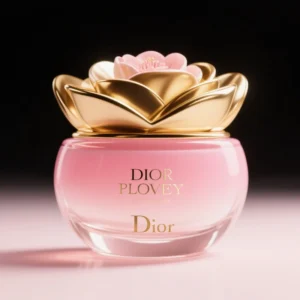
Discover how gradient color spray transforms cosmetic glass bottles, enhances brand image, and boosts product appeal with expert insights from Yafeng Packaging.
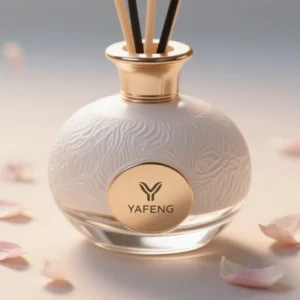
Discover how rattan aromatherapy works and why glass bottles are the best choice for long-lasting scent, safety, and sustainable, elegant packaging.
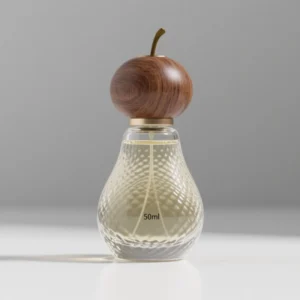
Discover the top 10 woods for perfume caps, comparing texture, pros, cons, and price to help you choose the best material for stylish, high-quality packaging.
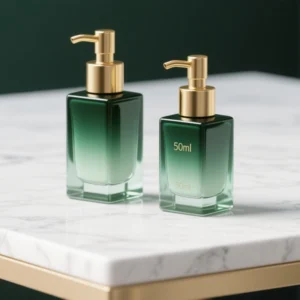
Explore cosmetic glass bottles—safety, eco benefits, types, coloring, mold costs, MOQ, and production tips—in one expert, data-rich guide.
WhatsApp us